Ask Ethan: What Will Our First Direct Image Of An Earth-Like Exoplanet Look Like?
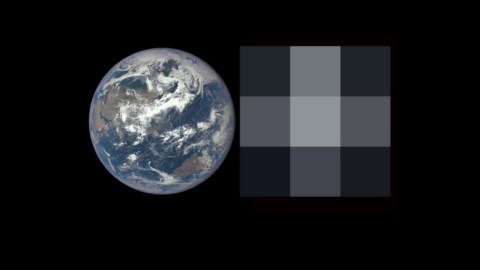
You’d be amazed at what you can learn from even one single pixel.
Over the past decade, owing largely to NASA’s Kepler mission, our knowledge of planets around star systems beyond our own has increased tremendously. From just a few worlds — mostly massive, with quick, inner orbits, and around lower-mass stars — to literally thousands of widely-varying sizes, we now know that Earth-sized and slightly larger worlds are extremely common. With the next generation of coming observatories from both space (like the James Webb Space Telescope) and the ground (with observatories like GMTand ELT), the closest such worlds will be able to be directly imaged. What will that look like? That’s what Patreon supporter Tim Graham wants to know, asking:
[W]hat kind of resolution can we expect? [A] few pixels only or some features visible?
The picture itself won’t be impressive. But what it will teach us is everything we could reasonably dream of.
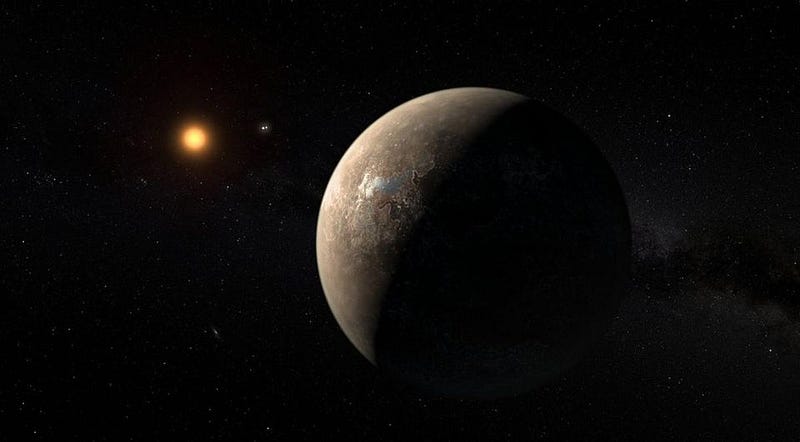
Let’s get the bad news out of the way first. The closest star system to us is the Alpha Centauri system, itself located just over 4 light years away. It consists of three stars:
- Alpha Centauri A, which is a Sun-like (G-class) star,
- Alpha Centauri B, which is a little cooler and less massive (K-class), but orbits Alpha Centauri A at a distance of the gas giants in our Solar System, and
- Proxima Centauri, which is much cooler and less massive (M-class), and is known to have at least one Earth-sized planet.
While there might be many more planets around this trinary star system, the fact is that planets are small and the distances to them, particularly beyond our own Solar System, are tremendous.

The largest telescope being built of all, the ELT, will be 39 meters in diameter, meaning it has a maximum angular resolution of 0.005 arc seconds, where 60 arc seconds make up 1 arc minute, and 60 arc minutes make up 1 degree. If you put an Earth-sized planet at the distance of Proxima Centauri, the nearest star beyond our Sun at 4.24 light years, it would have an angular diameter of 67 micro-arc seconds (μas), meaning that even our most powerful upcoming telescope would be about a factor of 74 too small to fully resolve an Earth-sized planet.
The best we could hope for was a single, saturated pixel, where the light bled into the surrounding, adjacent pixels on our most advanced, highest-resolution cameras. Visually, it’s a tremendous disappointment for anyone hoping to get a spectacular view like the illustrations NASA has been putting out.
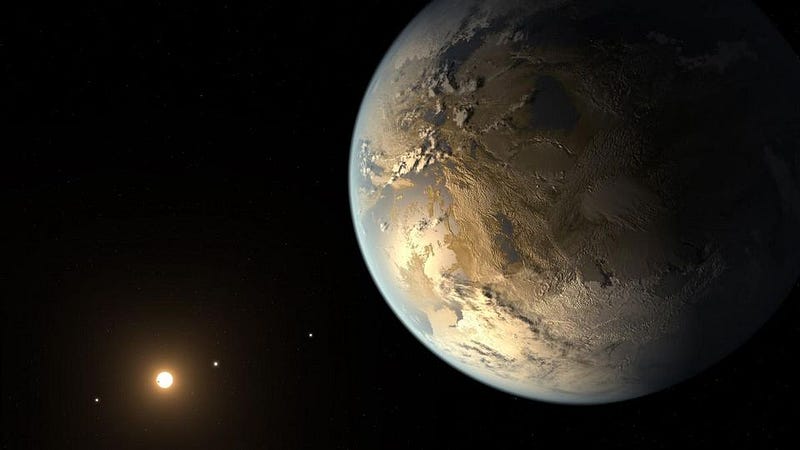
But that’s where the letdown ends. By using coronagraph technology, we’ll be able to block out the light from the parent star, viewing the light from the planet directly. Sure, we’ll only get a pixel’s worth of light, but it won’t be one continuous, steady pixel at all. Instead, we’ll get to monitor that light in three different ways:
- In a variety of colors, photometrically, teaching us what the overall optical properties of any imaged planet are.
- Spectroscopically, which means we can break that light up into its individual wavelengths, and look for signatures of particular molecules and atoms on its surface and in its atmosphere.
- Over time, meaning we can measure how both of the above change as the planet both rotates on its axis and revolves, seasonally, around its parent star.
From just a single pixel’s worth of light, we can determine a whole slew of properties about any world in question. Here are some of the highlights.

By measuring the light reflecting off of a planet over the course of its orbit, we’ll be sensitive to a variety of phenomena, some of which we already see on Earth. If the world has a difference in albedo (reflectivity) from one hemisphere to another, and rotates in any fashion other than one that’s tidally locked to its star in a 1-to-1 resonance, we’ll be able to see a periodic signal emerging as the star-facing side changes with time.
A world with continents and oceans, for example, would display a signal that rose-and-fell in a variety of wavelengths, corresponding to the portion that was in direct sunlight reflecting that light back to our telescopes here in the Solar System.

Owing to the power of direct imaging, we could directly measure changes in the weather on a planet beyond our own Solar System.

Life may be a more difficult signal to tease out, but if there were an exoplanet with life on it, similar to Earth, we would see some very specific seasonal changes. On Earth, the fact that our planet rotates on its axis means that in winter, where our hemisphere faces away from the Sun, the icecaps grow larger, the continents grow more reflective with snow extending down to lower latitudes, and the world becomes less green in its overall color.
Conversely, in the summer, our hemisphere faces towards the Sun. The icecaps shrink while the continents turn green: the dominant color of plant life on our planet. Similar seasonal changes will affect the light coming from any exoplanet we image, allowing us to tease out not only seasonal variations, but the specific percent changes in color distribution and reflectivity.
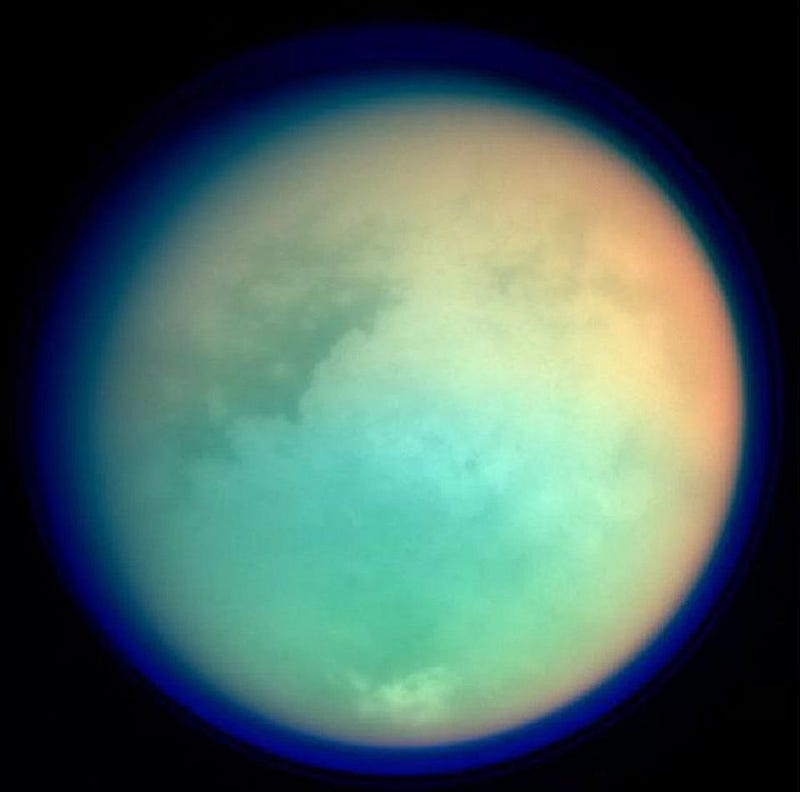
Overall planetary and orbital characteristics should emerge as well. Unless we’ve observed a planetary transit from our point of view — where the planet in question passes between us and the star it orbits — we cannot know the orientation of its orbit. This means we can’t know what the planet’s mass is; we can only know some combination of its mass and the angle of its orbit’s tilt.
But if we can measure how the light from it changes over time, we can infer what its phases must look like, and how those change over time. We can use that information to break that degeneracy, and determine its mass and orbital tilt, as well as the presence or absence of any large moons around that planet. From even just a single pixel, the way the brightness changes once color, cloud cover, rotation, and seasonal changes are subtracted out should allow us to learn all of this.
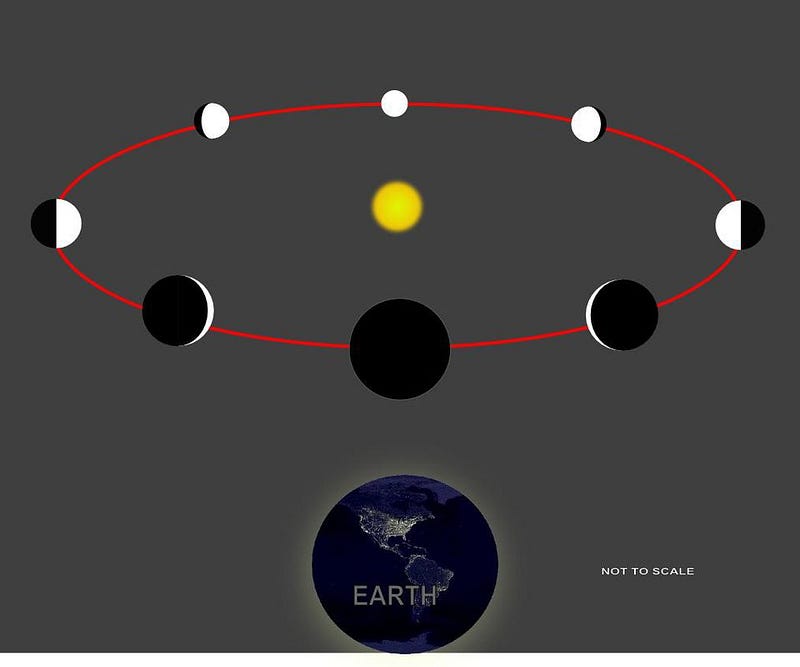
This will be important for a huge number of reasons. Yes, the big, obvious hope is that we’ll find an oxygen-rich atmosphere, perhaps even coupled with an inert but common molecule like nitrogen gas, creating a truly Earth-like atmosphere. But we can go beyond that and look for the presence of water. Other signatures of potential life, like methane and carbon dioxide, can be sought out as well. And another fun advance that’s greatly underappreciated today will come in the direct imaging of super-Earth worlds. Which ones have giant hydrogen and helium gas envelopes and which ones don’t? In a direct fashion, we’ll finally be able to draw a conclusive line.
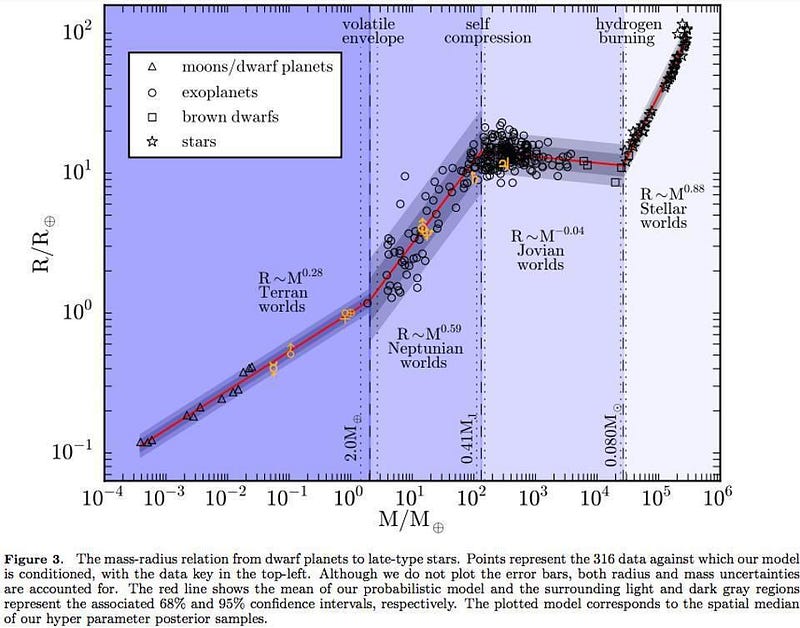
If we truly wanted to image features on a planet beyond our Solar System, we’d need a telescope hundreds of times as large as the largest ones currently being planned: multiple kilometers in diameter. Until that day comes, however, we can look forward to learning so many important things about the nearest Earth-like worlds in our galaxy. TESS is out there, finding those planets right now. James Webb is complete, waiting for its 2021 launch date. Three 30-meter class telescopes are in the works, with the first one (GMT) slated to come online in 2024 and the largest one (ELT) to see first light in 2025. By this time a decade from now, we’ll have direct image (optical and infrared) data on dozens of Earth-sized and slightly larger worlds, all beyond our Solar System.
A single pixel may not seem like much, but when you think about how much we can learn — about seasons, weather, continents, oceans, icecaps, and even life — it’s enough to take your breath away.
Send in your Ask Ethan questions to startswithabang at gmail dot com!
Ethan Siegel is the author of Beyond the Galaxy and Treknology. You can pre-order his third book, currently in development: the Encyclopaedia Cosmologica.




